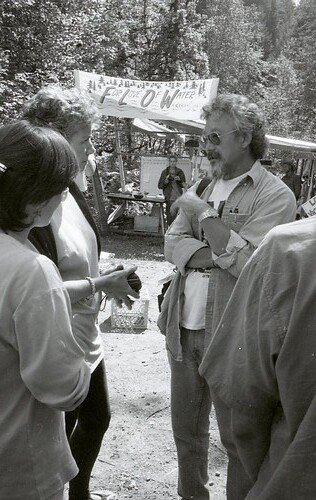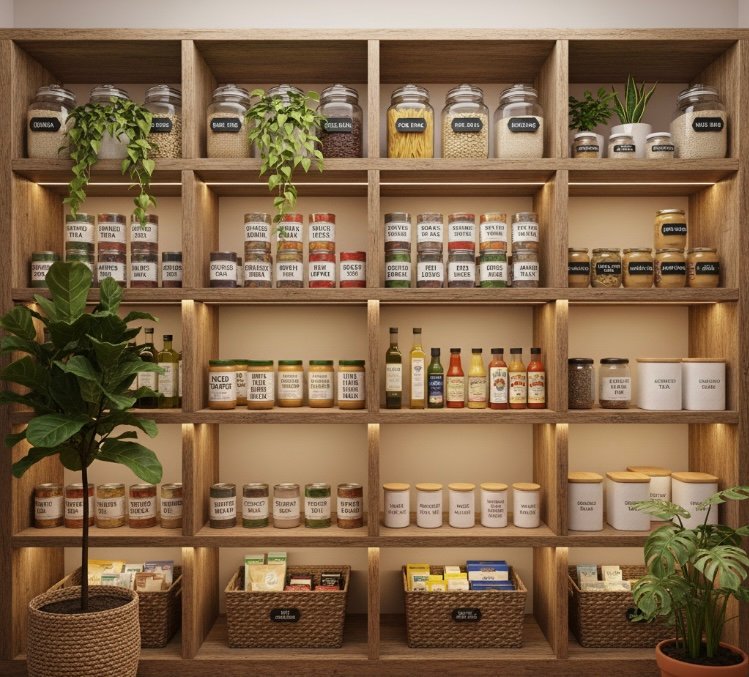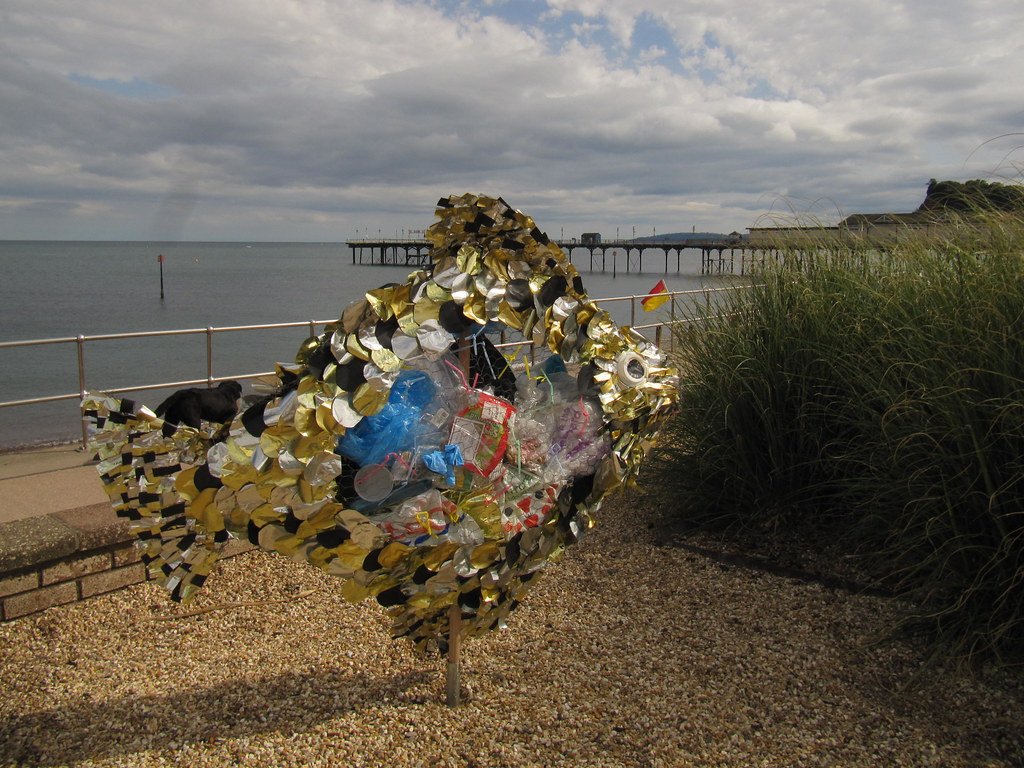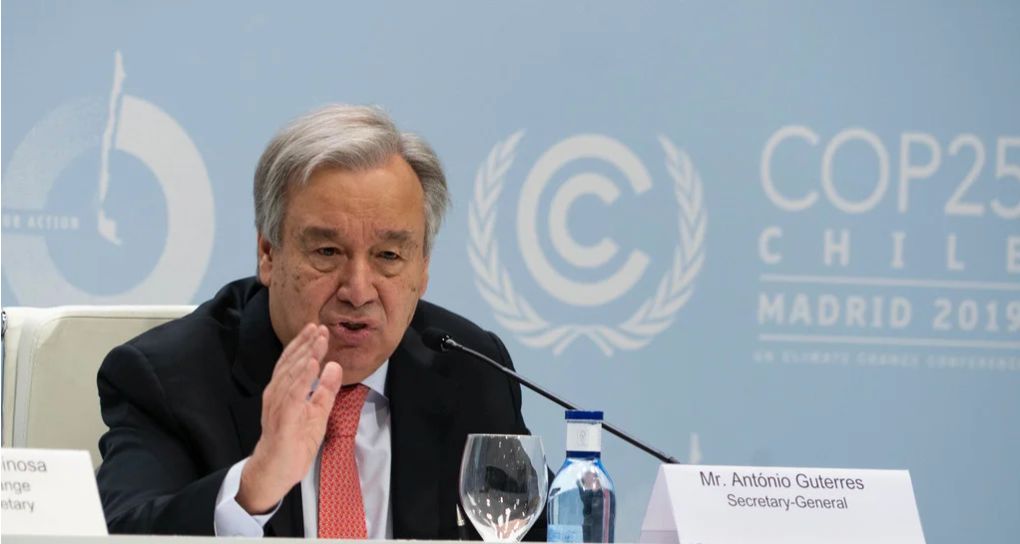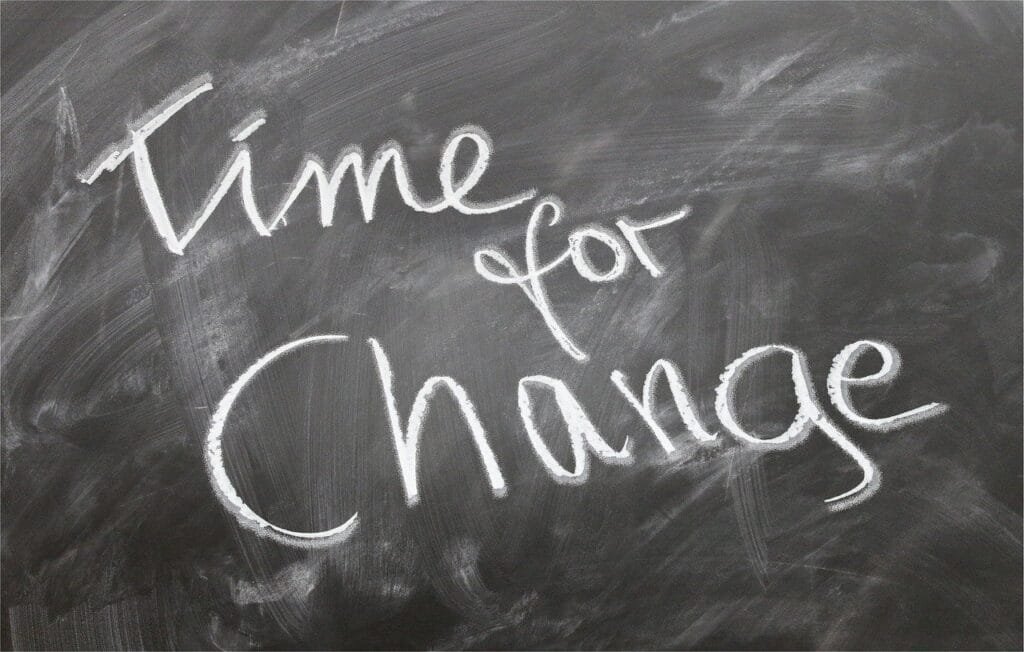
Rethinking is about things. How they are made, why and how we buy them.
What happens to our things? Where does it eventually go? And their impact on us and the planet. Lastly, how can we change it?
It’s about our history and our future. Why is it like this?
David Suzuki’s Climate Warning: “It’s Too Late” Still Means Action
The Emergency Back-up Pantry – What Does Yours Look Like?
Plastics Part 2 – Plastics in Our Bodies
Plastic Part 1: Why We Should Stop Using It — and Can’t
Climate Action – Political, Industry & Stackholder Alliances
A Brief History of Climate Change
No post found
Consuming and Waste: Small Changes, Big Impact
Consumers buy things because we need them (or at least think we do). And we throw things out because we don’t know what else to do with them.
But the truth is, our daily choices around consuming and waste have a bigger impact than we might realize.
Consumption and Waste are a household’s main contribution to climate change.
This isn’t about everyone getting to a zero-waste lifestyle. It’s about understanding the problem and looking at how small, realistic changes—made by the majority of people—can add up to something meaningful.
How Did We Get Here? – A History
Our modern consumption habits are a relatively new phenomenon. A hundred years ago, people reused and repaired almost everything. Clothes were mended, furniture was passed down, and packaging was minimal.
But post-World War II, mass production took off, and suddenly, convenience was king. Single-use plastics, fast fashion, and planned obsolescence became the norm (Fischer et al., 2022).
A More Mindful Approach to Consuming and Waste
The good news? We don’t have to be perfect. But making thoughtful choices about what we buy and how we dispose of things can make a dent in the problem.
- Buy Less, Choose Well – Before buying something, ask: Do I actually need this? Will it last? (Fletcher, 2014).
- Use What You Have – Extending the life of products is one of the easiest ways to reduce waste. Even something as simple as repairing a zipper instead of tossing a jacket can have a ripple effect.
- Rethink Disposal – Composting, upcycling, and responsible e-waste disposal all help keep materials in circulation longer (Ellen MacArthur Foundation, 2017).
- Support Better Systems – Vote with your wallet. Brands that prioritize sustainability send a message to the industry (White et al., 2019).
Why Small Actions Matter
If millions of people make small, conscious choices, the collective impact is huge. Consider this: If every household in Canada reduced food waste by just 20%, it would be like taking 2.1 million cars off the road annually in terms of emissions (Environment and Climate Change Canada, 2021).
This isn’t about doing everything perfectly—it’s about doing what we can, when we can. Because when it comes to sustainability, progress beats perfection every time.
References
- Environment and Climate Change Canada. (2021). Food waste reduction challenge.
- Fischer, C., Pascucci, S., & Günther, M. (2022). The rise of throwaway culture: An institutional approach to waste production and consumerism. Journal of Consumer Research, 49(4), 670-690.
- Fletcher, K. (2014). Sustainable fashion and textiles: Design journeys. Routledge.
- Geyer, R., Jambeck, J. R., & Law, K. L. (2017). Production, use, and fate of all plastics ever made. Science Advances, 3(7), e1700782.
- Intergovernmental Panel on Climate Change (IPCC). (2021). Climate change 2021: The physical science basis.
- Kaza, S., Yao, L., Bhada-Tata, P., & Van Woerden, F. (2018). What a waste 2.0: A global snapshot of solid waste management to 2050. World Bank Publications.
- White, K., Hardisty, D. J., & Habib, R. (2019). The elusive green consumer. Harvard Business Review, 97(4), 124-133.
- Zaman, A. U., & Lehmann, S. (2013). Challenges and opportunities in transforming a city into a “zero waste city”. MDPI Sustainability, 5(3), 434-456.

